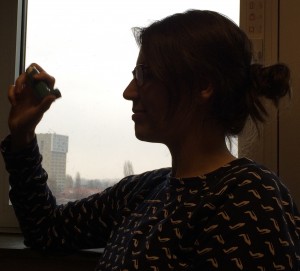The study consists of four work packages (phases):
Work package I
WP 1 consists of literature research regarding general educational techniques as well as educational techniques in inhaler therapy.
The main research questions is: “What is the best instruction method according to the literature to teach complicated (medical) handlings.” Instructions that can be evaluated are for example: feedback, audio- or video support, duration of the instructions etc.
The secondary research questions are:
- GPs, pharmacists and other professionals in the field of pulmonary diseases can select out of a broad range of different guidelines, protocols, checklists and courses to instruct asthma- and COPD-patients. How do they relate to the best instruction methods?”
- Does one size fits all? Or should the instruction be adapted to specific patients groups (age/gender/disease)?
Work package II
WP 2 concerns a qualitative international study. Asthma and COPD patients will be interviewed in the Netherlands, Spain and a third European country (to be determined). After that, focusgroups will be organized with health care professionals to discuss the findings of the interviews and to evaluated their experiences with teaching inhaler technique. The main research question in of this work package is: What are the experiences and opinions of patients and instructors with inhaler instruction? Due to the diversity of the patients we use four age categories of patients: 0 – 16 year (children and their parents/guardians), 16 – 25 year (adolescents), 25 – 65 year (grown-ups) and 65+ (older people). Questions will focus on their opinions and beliefs about (received) training of inhaler technique and the preferred inhaler technique training.
Work package III
The aim of WP 3 is to formulate a new teaching method for inhaler techniques based on the findings of WP II and II.
Work package IV
WP 4 concerns a cluster randomized trial in several countries with different inhaler technique training methods to compare their effectiveness.
